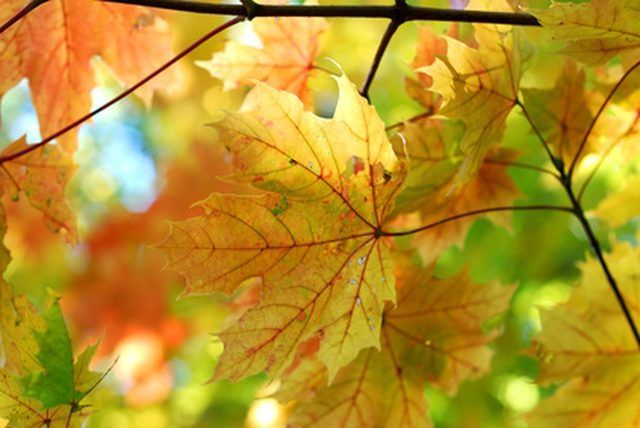Bulbs
Flower Basics
Flower Beds & Specialty Gardens
Flower Garden
Garden Furniture
Garden Gnomes
Garden Seeds
Garden Sheds
Garden Statues
Garden Tools & Supplies
Gardening Basics
Green & Organic
Groundcovers & Vines
Growing Annuals
Growing Basil
Growing Beans
Growing Berries
Growing Blueberries
Growing Cactus
Growing Corn
Growing Cotton
Growing Edibles
Growing Flowers
Growing Garlic
Growing Grapes
Growing Grass
Growing Herbs
Growing Jasmine
Growing Mint
Growing Mushrooms
Orchids
Growing Peanuts
Growing Perennials
Growing Plants
Growing Rosemary
Growing Roses
Growing Strawberries
Growing Sunflowers
Growing Thyme
Growing Tomatoes
Growing Tulips
Growing Vegetables
Herb Basics
Herb Garden
Indoor Growing
Landscaping Basics
Landscaping Patios
Landscaping Plants
Landscaping Shrubs
Landscaping Trees
Landscaping Walks & Pathways
Lawn Basics
Lawn Maintenance
Lawn Mowers
Lawn Ornaments
Lawn Planting
Lawn Tools
Outdoor Growing
Overall Landscape Planning
Pests, Weeds & Problems
Plant Basics
Rock Garden
Rose Garden
Shrubs
Soil
Specialty Gardens
Trees
Vegetable Garden
Yard Maintenance
Brown Spots on Maple Tree Leaves
Brown Spots on Maple Tree Leaves. Brown spots on maple tree leaves indicate two possible diseases: anthracnose and tar spots, both caused by fungal attack. Untreated, anthracnose can permanently damage a maple tree, while tar spots will merely be unsightly. Both diseases are treatable.

Brown spots on maple tree leaves indicate two possible diseases: anthracnose and tar spots, both caused by fungal attack. Untreated, anthracnose can permanently damage a maple tree, while tar spots will merely be unsightly. Both diseases are treatable.
Anthracnose
Anthracnose, a fungal disease, attacks following an unusually cool, wet spell occurring during bud break. While a single occurrence rarely harms the tree, annual infections will reduce growth and could predispose the tree to other stress.
Anthracnose: Symptoms and Damage
In addition to light to dark brown spots along or in between the leaf veins, purple-brown areas may form along the veins which may extend to the leaf margin.
The damage that may occur includes: buds death that causes short twigs to develop; death or girdling of leaves, small twigs and smaller branches (up to one inch in diameter); early leaf loss which, over a repeated basis, weakens the tree and predisposes it to borer attack and winter injury; and early leaf drop.
Anthracnose: Treatment
Treatment may not require chemicals. Rake up any fallen leaves, bag them, and remove them from the yard. Shred, compost or burn the leaves.
Prune the dead twigs or small branches, burn or bury them, then prune the tree to thin the crown to improve air movement and promote faster leaf drying. In the fall, fertilize approximately one month after the first frost. In the spring, fertilize approximately one month before the date of the last frost.
If these methods do not rid the tree of the infestation, spray the tree with a fungicide containing mancozeb. Follow this with two applications 10 to 14 days apart during leaf expansion.
Tar Spots
Tar spots, a fungal disease, attacks usually beginning in mid-June. Tar spot by itself rarely damages the tree's health, but it makes the tree unsightly with the raised, brown and black spots it causes on the upper leaf surfaces.
Tar Spots: Symptoms and Damage
A tree infected with tar spots will first show pale yellow spots in mid-June, which intensifies in color as summer progresses. The spot usually reaches dark brown and/or black by mid-July to early August. The spots' surface may show patterns of wavy indentations or ripples.
Size of the spots will vary between the size of a pin-head up to 1 1/2 inches in diameter, depending on the variety of maple. Long term infections may affect the seed growth or cause early leaf drop.
Tar Spots: Treatment
Again, treatment may not require chemicals. Rake up and destroy all fallen leaves to reduce the amount of overwintering spots that produce spores in the spring. Compost or burn the leaves. For continued infection, spray with a fungicide, completely covering the leaf tissue. Repeat annually.